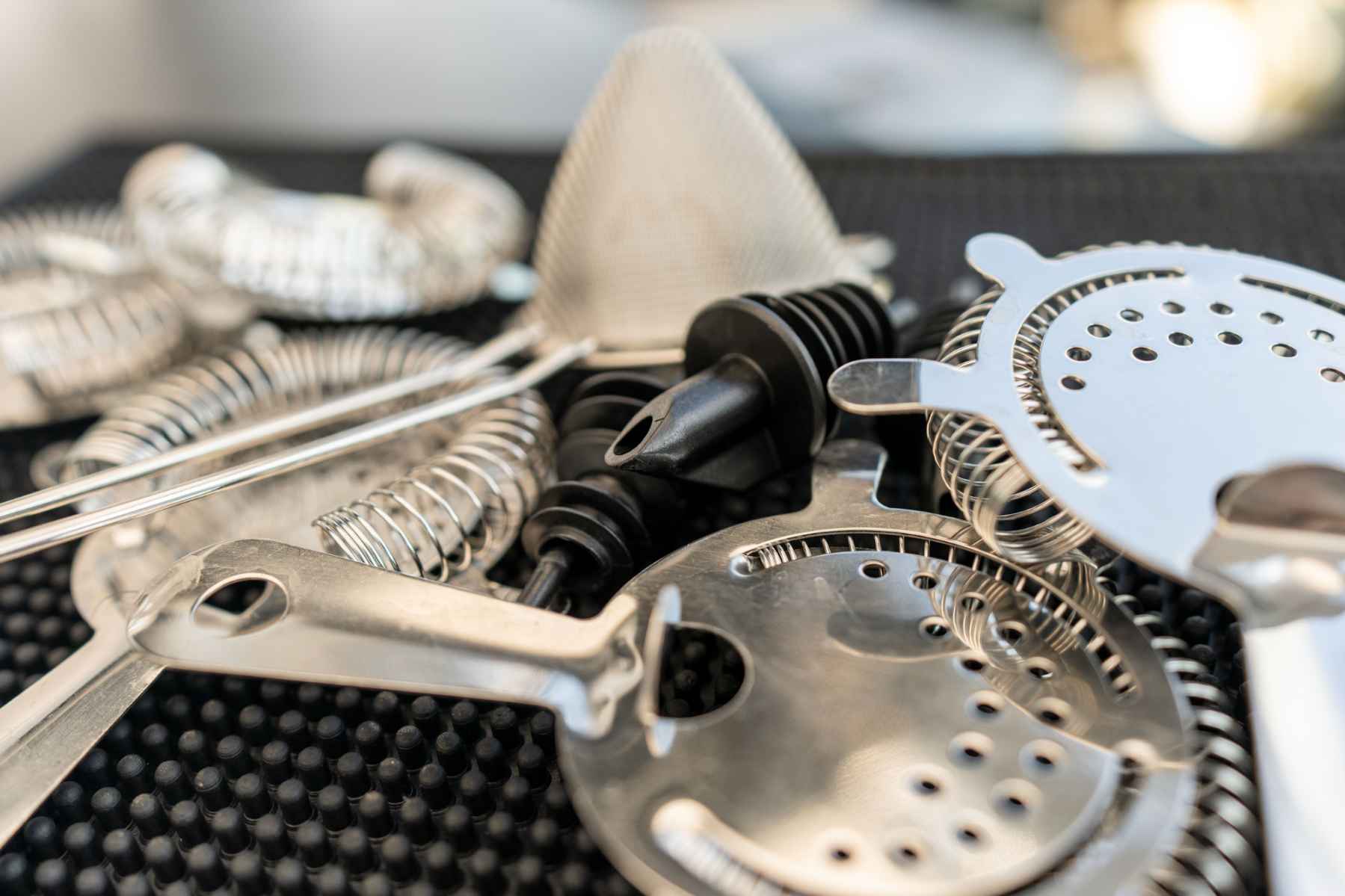The Technology Behind Compressor Parts
Compressor technology is at the heart of many industries, including HVAC, refrigeration, and petrochemical.

Read on to see how advancements in Mycom compressor parts and their production have led to improved performance, energy efficiency, and reliability.
Advanced Materials
The most important factor determining the performance of Mycom compressor parts is probably the materials from which they are made.
High-strength alloys: materials like stainless steel and titanium are regularly used in parts such as pistons, valve plates and bearings due to their good mechanical properties as well as resistance against harsh operating conditions.
Composites and engineered plastics: These materials are used in seals, gaskets and certain valve parts, and filters. They know a high degree of chemical resistance, low friction and weight, which help to increase efficiency and durability.
Also Read: What Are Electrical Enclosures & Cabinets?
Precision Manufacturing
Modern manufacturing methods ensure that parts are made with high accuracy and consistency, which is crucial to the optimum performance of compressors.
CNC machines: computer numerical control allows precision machining with small tolerances. This is very important for components like pistons, cylinders, and bearings. even slight deviations can have an affect on performance.
Additive Manufacturing: As with 3D printing, additive manufacturing technology can produce custom compressor components. Difficult to achieve with traditional manufacture, it also enables fast evaluation and test iteration for new designs.
Surface Treatments & Coatings
The surface treatment and coatings significantly impact the quality and lifespan of compressor parts, playing a crucial role in their overall performance and durability.
Hard Coatings: Methods like sion through physical vapor deposition (PVD) and chemical vapor deposition (CVD) enable hard coating materials. These coatings extend the life of parts on pistons and valve plates.
Anodizing and Electroplating: To give metal a protective oxide layer, not only increase its corrosion resistance and durability.
Technology in Lubrication and Cooling
Advanced lubrication systems and cooling technologies have been developed to ensure consistent high performance, reducing operating temperatures by 50% or more.
New Synthetic Lubricants: Man made lubricants are capable of resisting oxidation, have increased thermal stability and lubrication properties. They can save energy and also reduce the wear on compressors.
Integrated Cooling Systems: Modern cooling technologies such as liquid cooling and enhanced air-cooling systems handle the heat produced by the compressor. This energy-efficient cooling system protects compressor parts from overheating.
Digital Technology
Digital monitoring and control systems offer real-time performance tracking, allowing for early detection and warning of potential issues before they occur.
Sensors and IoT: Sensors are used to measure temperature, vibration and pressure. Connected to ioT platforms give real-time analytics and data – enabling predictive maintenance steps for failure reduction.
Automated Control Systems: Using real-time data in the control of compressors has resulted in advanced control systems which match operations with real needs, at the same time improving energy efficiency.
Also Read: Common Electrical Problems Your Building May Be Suffering From
Conclusion
The technology used in compressor parts depends on advanced materials, precision manufacturing processes, innovative surface treatments also effective lubrication and digital monitoring & control.
The change has brought us machines that are more dependable, effective and long-lasting. Technological advancements expected in the coming years will allow to further advance these compressor components resulting in overall better performance.